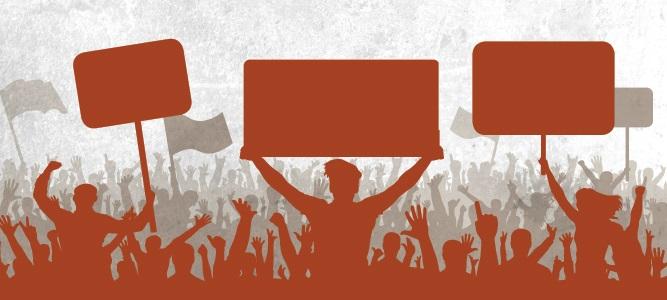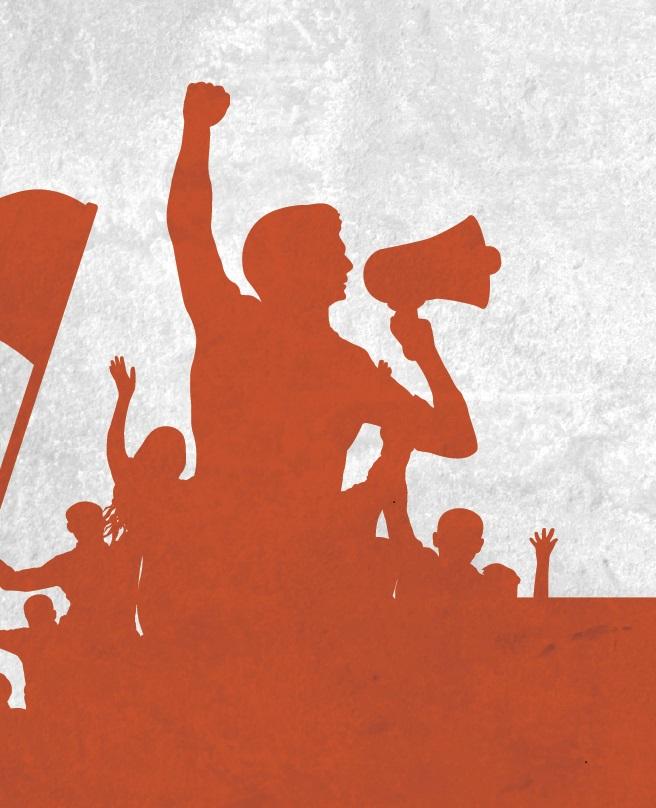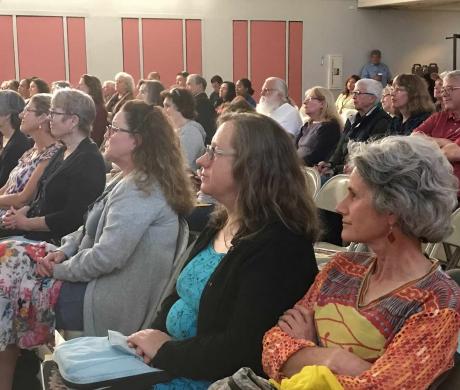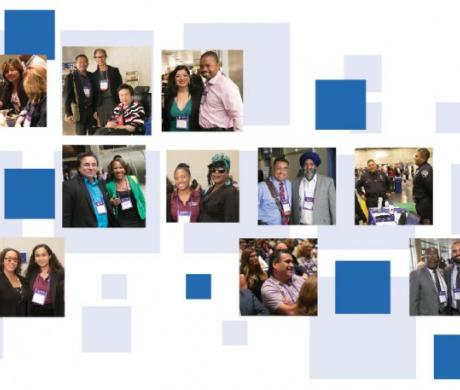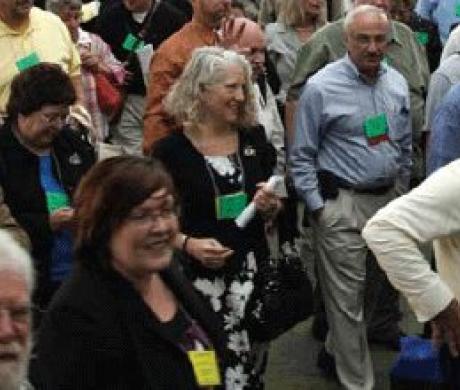Regulating Hate Speech in California
Patrick Whitnell is general counsel for the League and can be reached at pwhitnell@cacities.org. Corrie Manning is assistant general counsel for the League and can be reached at cmanning@cacities.org. Luis Haro is a juris doctor candidate at UC Hastings College of the Law.
The esteemed American jurist Oliver Wendell Holmes Jr. once professed, “If there is any principle of the Constitution that more imperatively calls for attachment than any other it is the principle of free thought — not free thought for those who agree with us but freedom for the thought that we hate.” In this quotation, Holmes captures the central principle reflected in the First Amendment of the Constitution, that its protections cover even expression that people find hateful. Even though hateful speech is generally protected under the First Amendment, some hateful speech does not receive protection. This article addresses some instances in which the government can limit speech and covers the California laws regulating hate violence.
The Rule: What Content Does the First Amendment Protect?
The First Amendment prohibits government from passing laws that abridge freedom of speech. However, the U.S. Supreme Court has ruled that the First Amendment does not protect expression such as “fighting words,” obscenity, defamation and speech intended and likely to provoke imminent lawlessness. Therefore, government has the authority to ban these forms of unprotected speech1.
Verbal Hate Speech: The “Fighting Words” Exception to the First Amendment
Fighting words are defined as words that would provoke violence by the recipient or tend to incite an immediate breach of peace2. The government may forbid fighting words but may not take the extra step of banning fighting words based on a particular idea that the government finds distasteful. For example, government may lawfully adopt a ban on the display of a symbol that arouses immediate violence. However, government cannot adopt a ban that prohibits the display of a specific symbol that is perceived to have the potential to arouse violence because even regulations on unprotected speech cannot discriminate on the basis of a particular idea.
Expressive Hate Speech: The Intimidating Acts Exception to the First Amendment
Government can forbid virulent forms of expression if a person intends to intimidate a person or group of persons. For example, government may ban cross burning with the intent to intimidate a person or group of persons. Forbidding intimidating acts is consistent with the First Amendment because regulating an action does not discriminate against a person’s belief or ideals.
Conduct-based regulations have long been held to be outside the scope of the First Amendment, which enables government to prohibit expressive hate speech by regulating the underlying conduct. For example, government may not prohibit a person from burning a flag in violation of an ordinance against dishonoring the flag, but the government may impose a restriction on outdoor fires that would forbid burning a flag outside.
California Hate-Crime Laws
In 1991, the California Legislature began enacting laws targeting crimes against people on the basis of race, color, religion, ancestry, national origin, sex, sexual orientation, age, disability and position in a labor dispute. The Ralph Act and the Bane Act imposed civil and criminal penalties on perpetrators of hate crimes and afforded civil remedies to victims, allowing victims to obtain restraining orders. The California hate-crime laws focus on conduct rather than the underlying idea that motivates the crime.
The Ralph Act
The Ralph Act establishes the right to be free of violence or threat of violence based on characteristics such as race, color, sex or political affiliation3. The attorney general, district attorneys, city attorneys and private attorneys can enforce the Ralph Act and a court can impose a penalty up to $25,000 on violators. Victims of hate violence may also collect actual damages and, in some cases, punitive damages4.
To prove a violation of the Ralph Act, the plaintiff must show that the defendant was motivated by a certain perception of the victim (such as race), committed or threatened a violent act, and that the victim suffered physical or emotional harm. For example, if a person assaults another because they are participating in a civil rights protest, and the victim is harassed because of the person’s race, then the victim may have a case under the Ralph Act. A plaintiff can also bring a suit under the Ralph Act for threats of violence; however, the threat must be accompanied by an action and the victim must suffer emotional or physical harm.
The Bane Act
The Bane Act prohibits people from using threats, intimidation or coercion to interfere with someone’s state or federal rights. The attorney general, district attorneys, city attorneys, and private attorneys may seek civil penalties and, in some instances, criminal sanctions. Victims may receive actual damages and, in some cases, punitive damages5.
To prove a violation under the Bane Act, the plaintiff must establish that the defendant interfered with the victim’s rights through threats or acts, and that the victim believed that the defendant would act on that threat if the victim exercised their right. For example, if a person threatens to assault someone for exercising their right to vote, and the victim believes that they would be harmed if they went to a polling place, then the victim may have a claim under the Bane Act.
Speech alone is not enough to hold someone liable under the Bane Act. The speech must accompany a threat of violence upon a person or group of persons, the victims must reasonably fear that the speech will result in violence against them and they must believe that the perpetrator had the capacity to execute the threat.
Restraining orders issued under the Bane Act can only limit a person’s speech when reasonably necessary to protect another person’s state or federal rights. The Bane Act provides for criminal penalties of up to six months in jail for anyone who violates a restraining order.
The Upshot
The First Amendment rigorously protects the ideas expressed in speech, even repugnant speech. However, local agencies have regulatory options to deter bias-motivated crimes. For example, cities may enforce the Ralph and Bane acts or they may draft ordinances that focus on the conduct of the perpetrator instead of the idea expressed. Alternatively, local agencies may enact reasonable content-neutral restrictions on speech, but forbidding disfavored speech that is not accompanied by an action easily triggers First Amendment protections
[1] R.A.V. v. City of St. Paul, Minn., 505 U.S. 377 (1992).
[2] Chaplinsky v. State of New Hampshire, 315 U.S. 568 (1942).
[3] The groups listed as protected under the Ralph Act are illustrative rather than definitive.
[4] Cal. Civ. Code § 51.7
[5] Cal. Civ. Code § 52.1
About Legal Notes
This column is provided as general information and not as legal advice. The law is constantly evolving, and attorneys can and do disagree about what the law requires. Local agencies interested in determining how the law applies in a particular situation should consult their local agency attorneys.
Photo Credit: Nosyrevy/Shutterstock.com.

